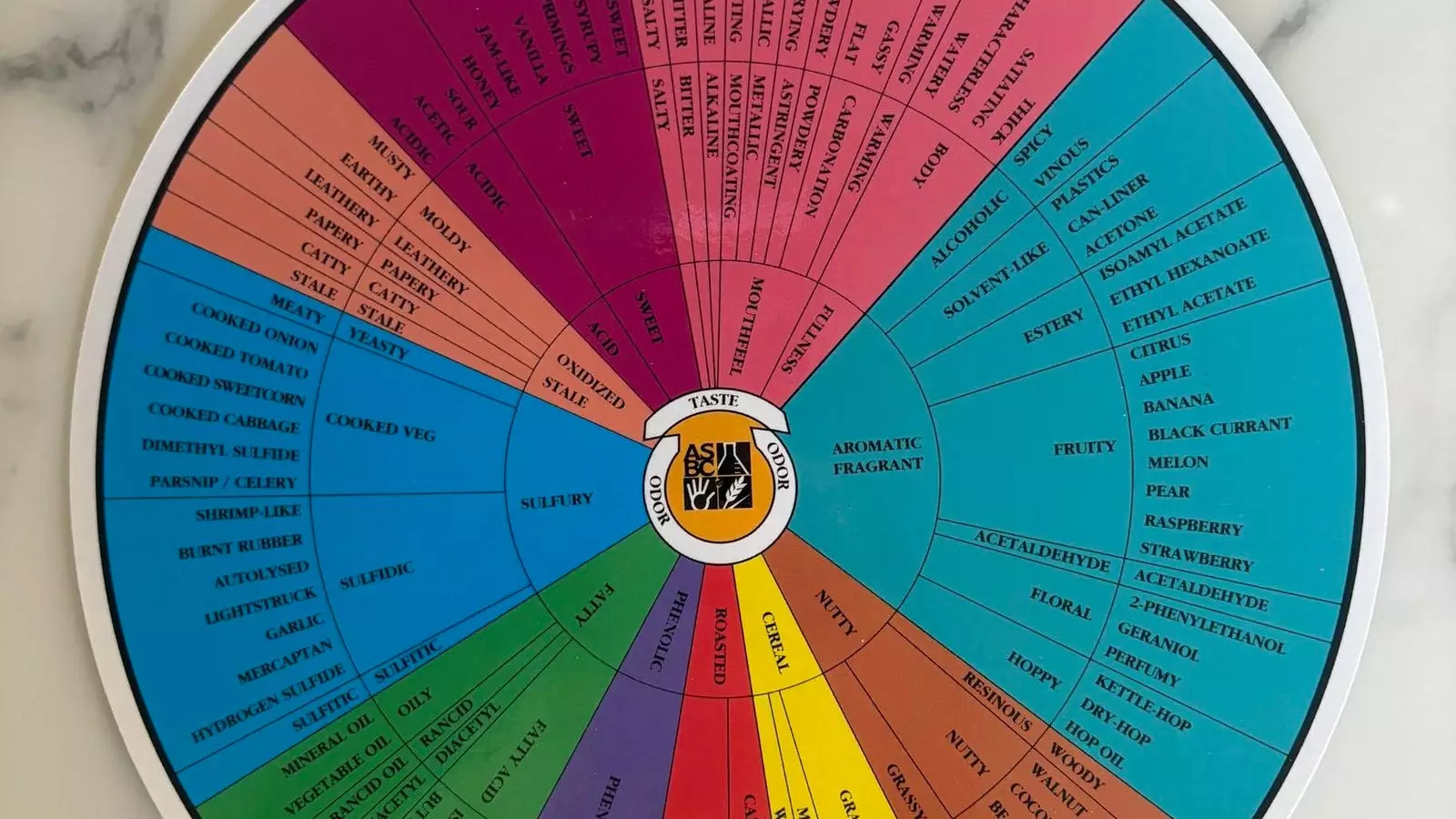In the world of beer, flavor and aroma serve as gateways to a collective experience that transcends mere consumption. As proposed by Jen Blair, a prominent figure in the American beer scene, the scent of beer plays a vital role in how we perceive and enjoy our favorite brews. Blair’s new initiative, “Aroma: Explore The Wheel,” is designed to elevate our sensory understanding of beer, focusing particularly on the often-overlooked dimension of aroma.
Aroma is not just an ephemeral experience; it ties us to moments from our past and alerts us to things amiss. The complex relationship between our senses of smell and taste can enhance our enjoyment of beer significantly. Different components such as yeast, malt, and hops contribute unique aromas to beer, offering insight into its character—its style and even its quality. Thus, educating oneself on the nuances of beer aroma can enhance both professional brewers and casual enthusiasts’ experiences.
Blair’s online series aims to demystify the science of smell for anyone with an interest in beer. Although initially tailored for industry professionals, the webinars are accessible to anyone eager to deepen their olfactory knowledge. Each session features unique aroma vials, allowing participants to engage in a blind aroma evaluation—an interactive method for enhancing their sensory skills.
Throughout the class, participants explore different aroma categories inspired by flavor wheels that analyze the plethora of scents found in various beers. This hands-on approach not only educates participants on identifying aromas but also facilitates discussions around the factors influencing them in beer, reinforcing the idea that training one’s nose is as critical as developing a taste for beer.
As participants engage in blind smelling, they build the confidence to articulate what they perceive. This self-awareness in sensory perception fosters a meaningful discussion about how different experiences shape our understanding of aromas. For instance, the same scent might evoke different memories or interpretations for different individuals. What one person identifies as “citrus” might lead another to perceive it as “tropical,” underlining the subjective nature of aroma.
Aroma training isn’t merely about distinctly identifying scents; it’s also about developing a rich, descriptive vocabulary. Blair recognizes that many enthusiasts become overwhelmed by the sheer variety of aromas available. “Describing a beer as ‘fruity’ is just the start,” she emphasizes. Her program focuses on breaking down broader terms into more specific categories, enabling participants to explore tropical fruits, stone fruits, and more. As understanding deepens, so too does one’s ability to articulate beer experiences.
Aroma training offers mental stimulation akin to physical exercise. Just as a person wouldn’t expect immediate fitness results after a single workout, the cultivation of a refined palate requires consistent exposure and practice. With enough time and effort devoted to recognizing scents, individuals will notice profound improvements in their descriptive abilities.
While engaging in guided aroma training is invaluable, building sensory skills doesn’t have to be confined to a classroom. Blair provides several useful suggestions for enhancing aroma perception using everyday items. Our homes, rich with spices and ingredients from our pantries and fridges, can serve as excellent starting points.
By taking the time to smell different herbs, spices, and even fruits, individuals can engage in informal sensory training. One innovative approach discussed by Blair involved a friend who hosted a panel centered purely around various peppercorns, offering a comparison that helped participants appreciate the nuances in aroma that might otherwise be overlooked.
Moreover, Blair’s suggested readings provide an important framework for those eager to deepen their knowledge. Books like “Flavorama” and “How to Taste” explore the intersection of flavor and sensory perception. Armed with such resources, anyone can take proactive steps toward honing their aroma recognition skills.
The initiative led by Jen Blair, “Aroma: Explore The Wheel,” fills a critical niche for budding and established beer enthusiasts alike. By marrying science with the enjoyment of brewing, Blair’s program offers an essential tool for anyone looking to enrich their sensory vocabulary and enhance their beer tasting experience. The journey into smell not only elevates how one experiences beer but also cultivates a greater appreciation for the complexity and craftsmanship behind this ancient beverage. Through dedicated work and persistent practice, anyone can become a maestro of aroma, ultimately transforming how they enjoy and discuss beer.

